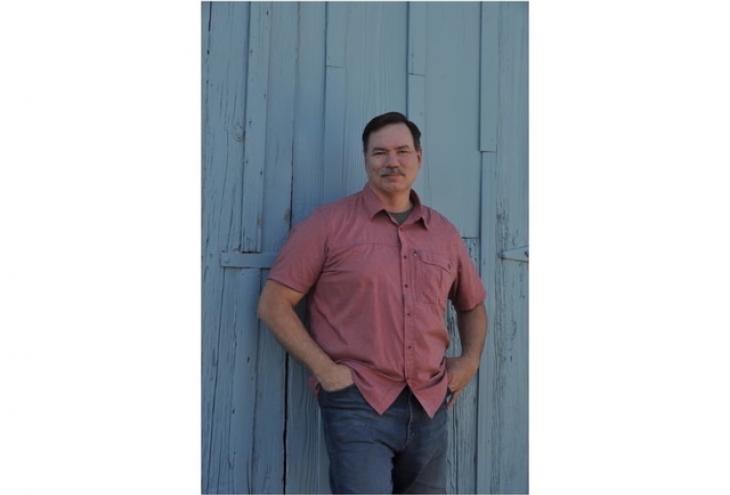Luke Schrimsher is using alignment lasers to build an optical X-ray system. “That’s the fun part of the job,” he says. A citizen of the Cherokee Nation of Oklahoma, Schrimsher works as an engineering technical associate in the Nondestructive Evaluation Group at the Lawrence Livermore National Laboratory in Livermore, Calif.
His team’s ultrasound, electromagnetic, and X-ray tools reveal how manufactured materials will perform under stress by examining them at the micron level (a human hair is 70 microns wide). “These machines aren’t something you can buy in the store!” says Schrimsher.
His work also involves operating those systems, gathering data, advising on their quality and safety, and mentoring. “We’re on the leading edge of manufacturing science solving the nation’s most challenging problems using our technology,” he says. “We are often the only ones in the nation chasing these research questions.”
His fascination with the structure of things began as a boy growing up in the east Texas town of Longview. “I was raised to understand nature and to have a very dear respect for the land,” he explains. Felling trees and chopping wood to heat his family’s home taught him that red oak’s tight grain makes it difficult to split, but its density makes it slow to burn. White oak, on the other hand, splits easily and burns faster.
“It’s the same here with the materials we evaluate,” says Schrimsher, whose microscopic exams are related to the national defense. “Do you want something that has more compressive strength like concrete or something like metal that won’t snap? The same basic principles apply whether you’re in nature or a lab.”
His career has followed a non-traditional path. After graduating from high school in 1988, he joined the Army, became an Apache helicopter mechanic and inspector, and served in Desert Storm. Then as an airframe and powerplant mechanic and member of the safety management team at Gulfstream Aerospace for 18 years, he performed in-service inspections of corporate jets and did quality control and assurance work.
Schrimsher's college degree came slowly. He started at Eastern New Mexico University in 1998 and took a single online class at a time. At one point he had to stop. “I had to work full time in aviation 60 hours a week, take care of my family, and pay the bills,” he says. After getting an associate degree in 2003, he earned his BS in applied aviation science in 2016.
“I see education not as a means to a goal but as a journey,” says Schrimsher, who is now working on a master’s of education. Growing up, he never thought he would go to college, even though many of his relatives were teachers. His father was an aerospace manufacturing worker, and Schrimsher appreciates the “fantastic opportunities” offered by trade schools and the skilled trades. “Our nation is starving for technically skilled individuals,” he says.
But whatever career paths present themselves to students, he urges them to follow those opportunities. “You may have the opportunity to go to trade school or college, or you may just have to find the best job in labor,” he says. “Do your best. When the Creator shows us a path, we don’t see the end of the path. We just see a choice of paths. We make our best choice, and we follow that path as best we can.”













